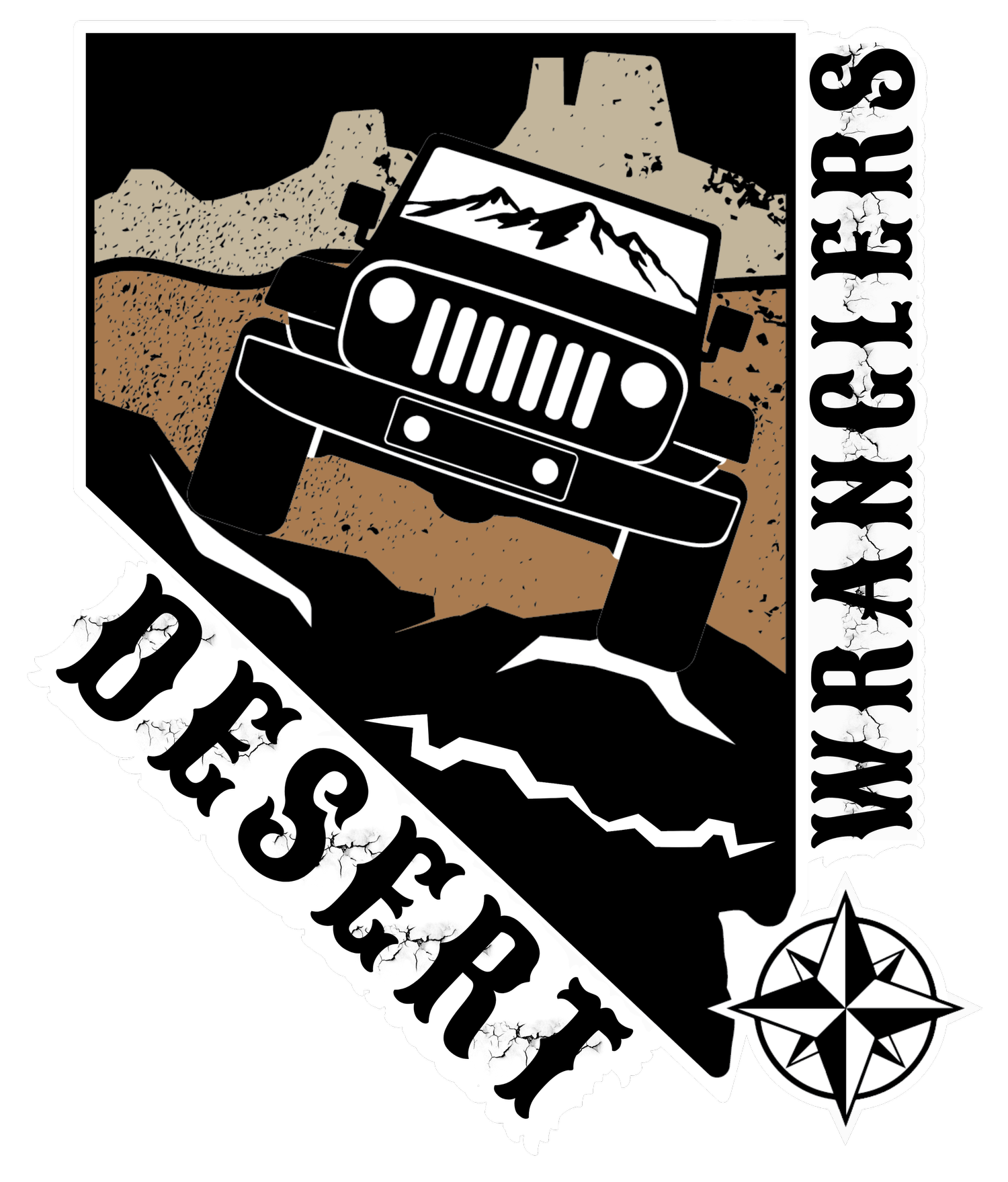There IS only one
Unlike the movie Highlander where immortals travel the world to kill other immortals to be the only immortal left, there is only ONE spotter, ever. Period.
Spotter? If you are new to off-roading or have never in your years of off-roading adventures needed one, a Spotter helps you get over obstacles in the path without getting stuck, banging up your rig or to see things you cannot. They’re the peeps in the videos barking strange commands to the driver who is trying to go over something that looks impossible to get over.
Although very few of us off-road enthusiasts will experience extreme climbing, a Spotter is needed even it mild circumstances. The following information will introduce you to how a spotter helps and works, how you as a driver respond and why you should use a spotter.
Anyone can be a spotter. But the difference between a good spotter and one who is just spouting out directions boils down to this: a good Spotter knows how to drive the trail, knows where to place tires, vehicle capabilities and the actions and reactions to vehicle movement through the obstacle.
To start, here are few golden rules to remember:
Signals:
Spotters with use signals and voice commands to guild the rig through the obstacle. (More on this later). If driver is working with a Spotter for the first time, a quick chat between them helps explain the signals and how to respond.
Listen:
This is probably the most critical part about being spotted. Listen to the Spotter and follow the signals/directions given. At times it may not feel right, but the Spotter can see what the driver cannot. At any time, the direction feels uncomfortable or confusing, ask for clarification and discuss the plan. Don’t decide to go rogue. This can put the driver, the rig and anyone around in possible peril.
Only listen to the Spotter and the directions given. Many times, there are people present that shout directions. This only confuses the driver. The Spotter already “sees the line” to get the rig through the obstacle and works to that end. Others may see something different, or worse, just barking spur of the moment commands. These distractions put the driver at risk.
The one command from others to respond to is STOP. Do just it, stop. Things can happen that the Spotter can’t see. Always stop.
Trust:
It is important to trust the person spotting. Often the driver is on a run with unknown peeps, then What? Usually, the leader or experienced person will spot. Watch how the Spotter gets other rigs through the obstacle. Are directions precise or are they confusing? Does the rig have problems getting through due to poor directions?
A good Spotter gets rigs through with little contact to the object and calm directions. Sometimes contact is unavoidable, and the Spotter will inform the driver of contact and how to lessen the blow.
The driver must trust the skills of the Spotter. If not, ask for another Spotter to get you though.
The roles we play on the trail are not different than working with people off the trail. There is usually a lead and team to accomplish a goal. In our case, a spotter, and a driver to clear a tough spot. A team to conquer the trail.
First the driver:
When a driver comes to a part of the trail that’s unfamiliar or rough, it a good time to use a spotter to help guild the driver through.
If this is the first time using a spotter, then it’s good practice to go over the obstacle with the spotter so the driver understands what is to come. It also eases the nerves while doing tougher sections.
Listen to the spotters’ directions. Others may offer up commands but only listen to the spotter. The only time one listens to a non-spotter is when STOP is shouted. Everything should stop and the situation assessed.
While maneuvering through the obstacle, small changes are best. Big changes can lead to bad outcomes. Small changes until the spotter stops the driver at the right spot.
Now the spotter:
The spotter guides the driver through tough situations. The spotter guilds the driver by using hand signals or voice commands and sometimes both. The spotter knows the trail/obstacle and how best to maneuver the driver through without causing damage.
If the spotter and driver have not wheeled together, the spotter will go over the basics and expectations of the obstacle.
If the spotter is using voice commands, they may be made repeatedly and loud. The spotter isn’t yelling at the driver but instead wants to make sure the driver can hear them.
To make directions easier to understand, the spotter will use “driver” and “passenger” instead of left and right. This takes the confusion out of orientation of direction.
Along with voice commands, the spotter may use hand signals as well, or without voice commands
Here are the common hand signals:
STOP | Both hands raised and fists
FORWARD | Both hands up with palms toward the spotter. Fingers move toward the spotter
TURNING IN DIRECTION | Both arms pointing in the desired direction of turn
COME AHEAD SLOWLY | Both hands palm down slowly waving towards the ground
BACK UP | Fists with index fingers pointer backwards
TIRE LIFTING | Hands palm up and the hand on the side of lifting tire moves up
DISTANCE TO OBSTACLE | Palms facing each other showing the distance between
VEHICLE SAFE | Palms down, moving horizontally. Like “safe” in baseball.
VEHICLE SAFE option 2 | Giving a thumbs up
Armed with the knowledge of working with a spotter, go out and traverse the terrain with confidence. Having help and learning how to get over the tougher stuff adds to your skill set and builds confidence to going on tougher and exciting trails!

